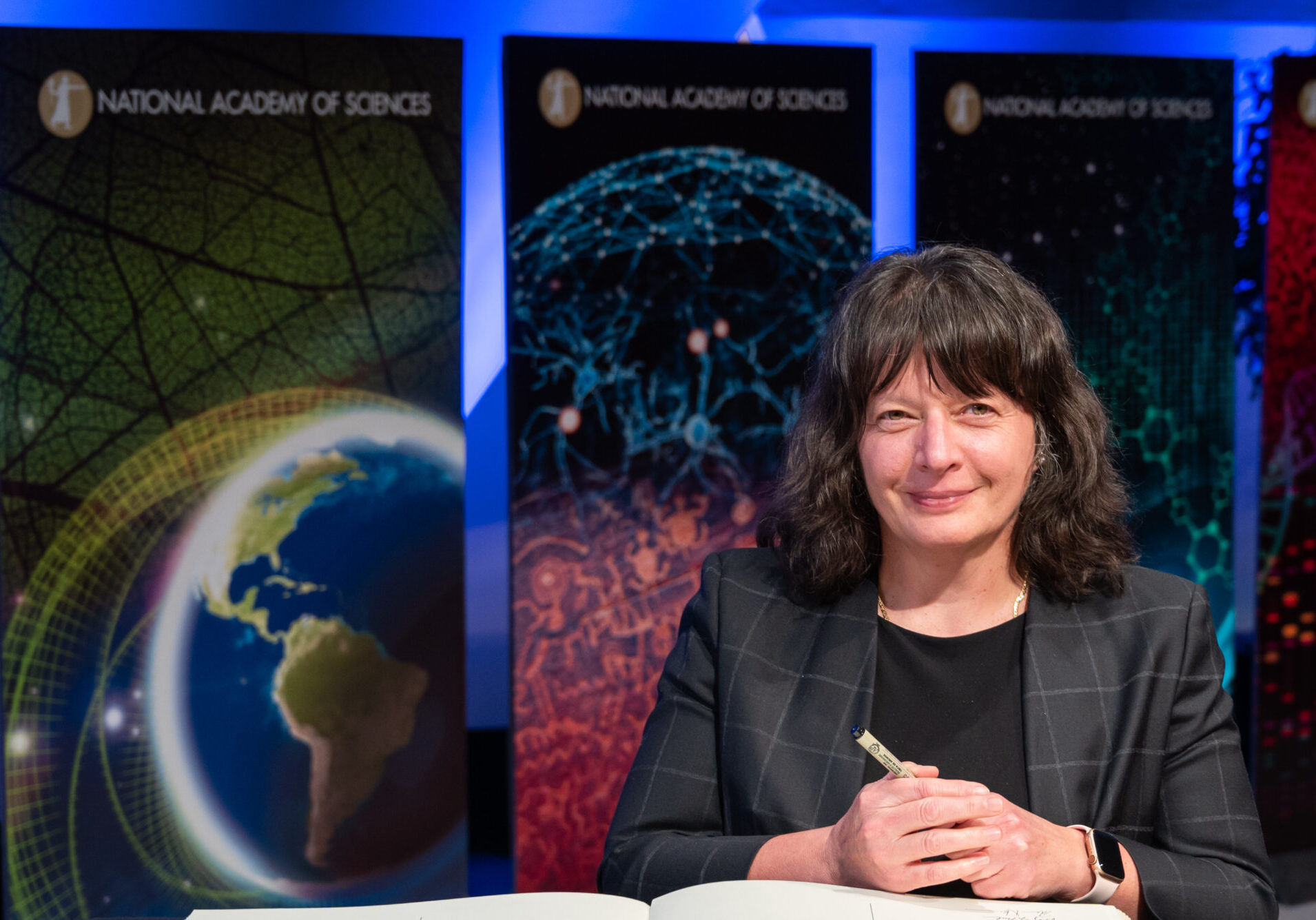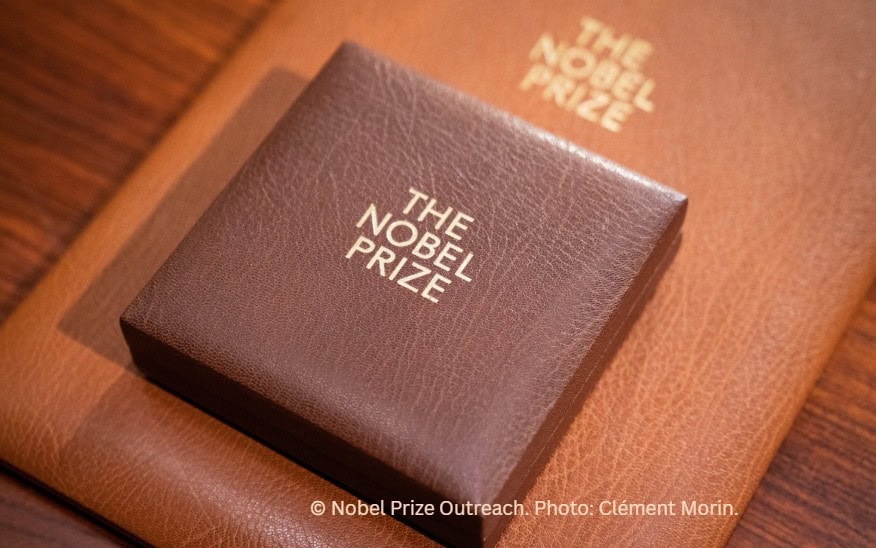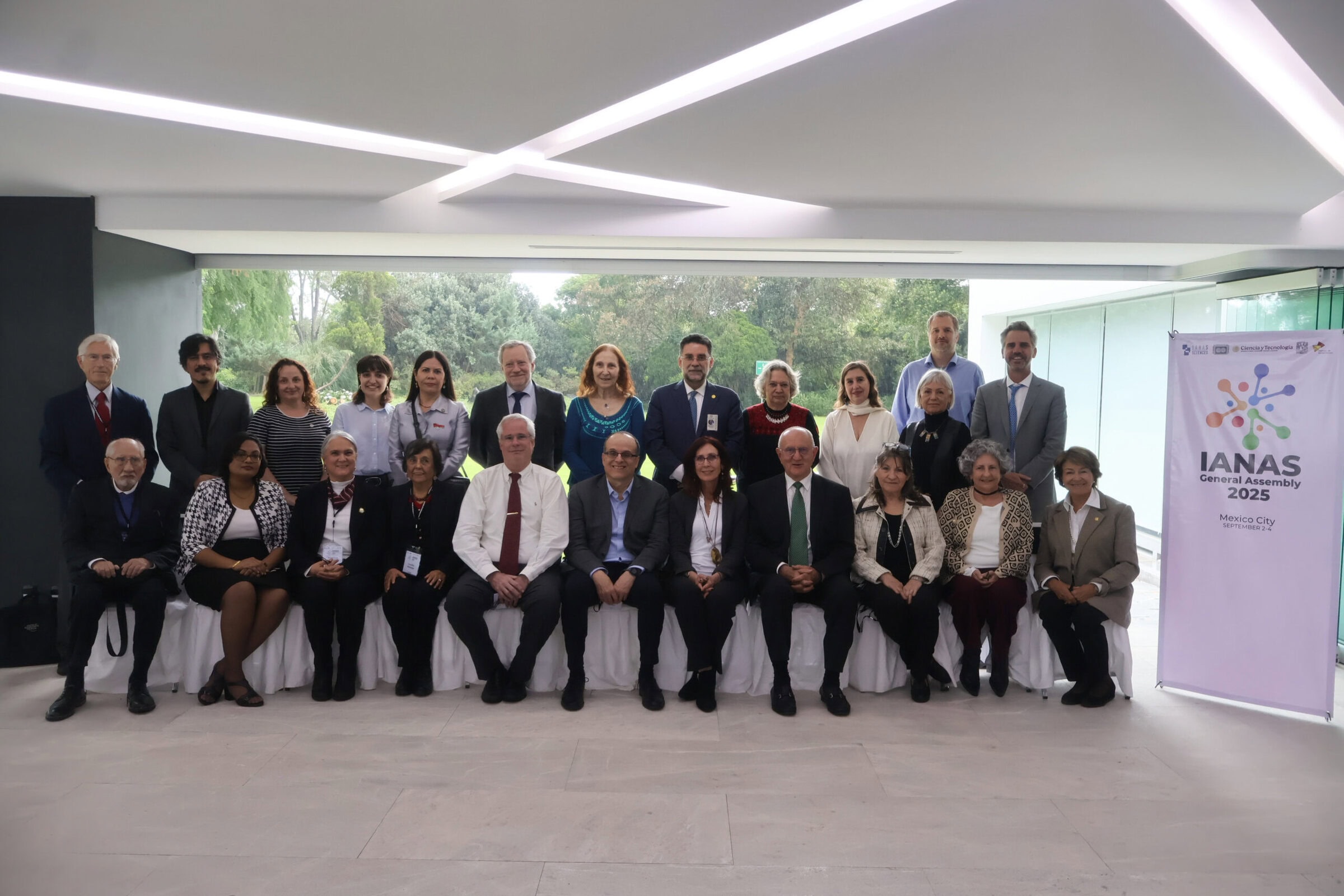Featured News
Featured
November 14, 2025
World Diabetes Day: Advancing Research and Inspiring Prevention with NAS Member E. Dale Abel
Featured
October 17, 2025
NAS Member Spotlight: Kornelia Polyak on the Future of Breast Cancer Research
Featured
October 6, 2025
NAS Members Receive Nobel Prizes
Special Feature
October 3, 2025
25 Years of Nobel Laureates: Celebrating NAS Members Awarded the Nobel Prize Since 2000
Featured
October 1, 2025
Conference Highlights Scientific Cooperation in the Americas
In the News
September 16, 2025
NAS Members Receive NAE and NAM Awards
In the News
September 11, 2025
PNAS Celebrates the 2025 Lasker Awards
News from the National Academies
News and features from the National Academies of Sciences, Engineering, and Medicine (NASEM).







